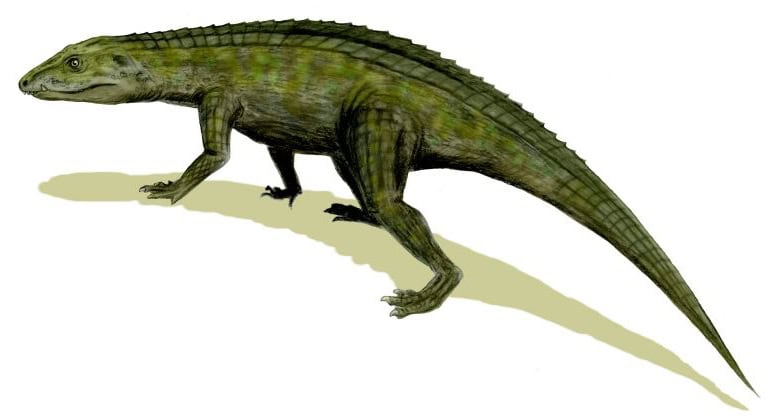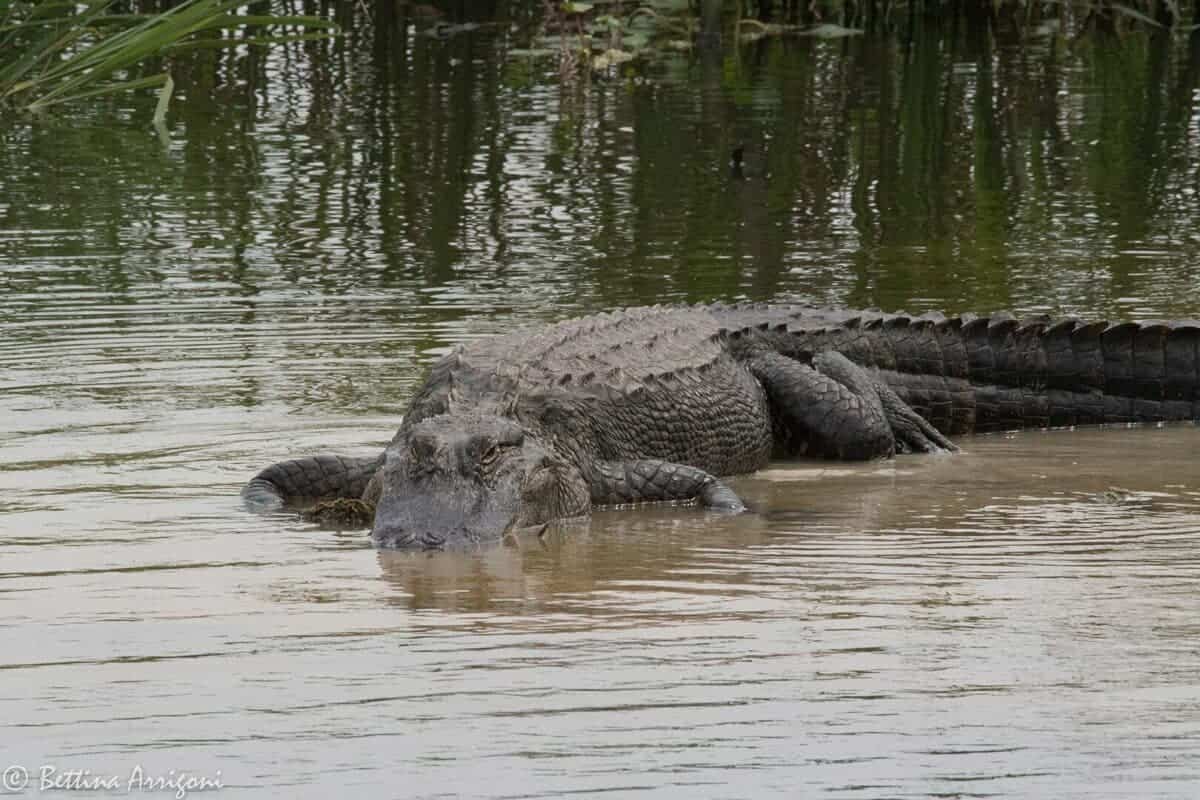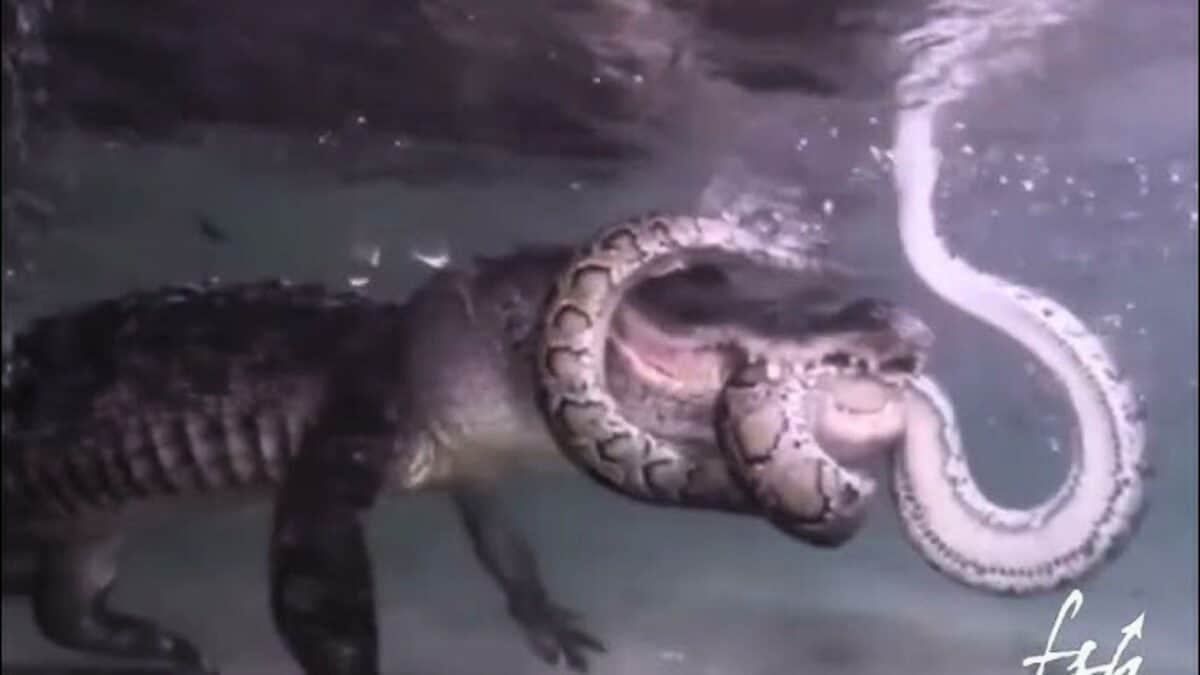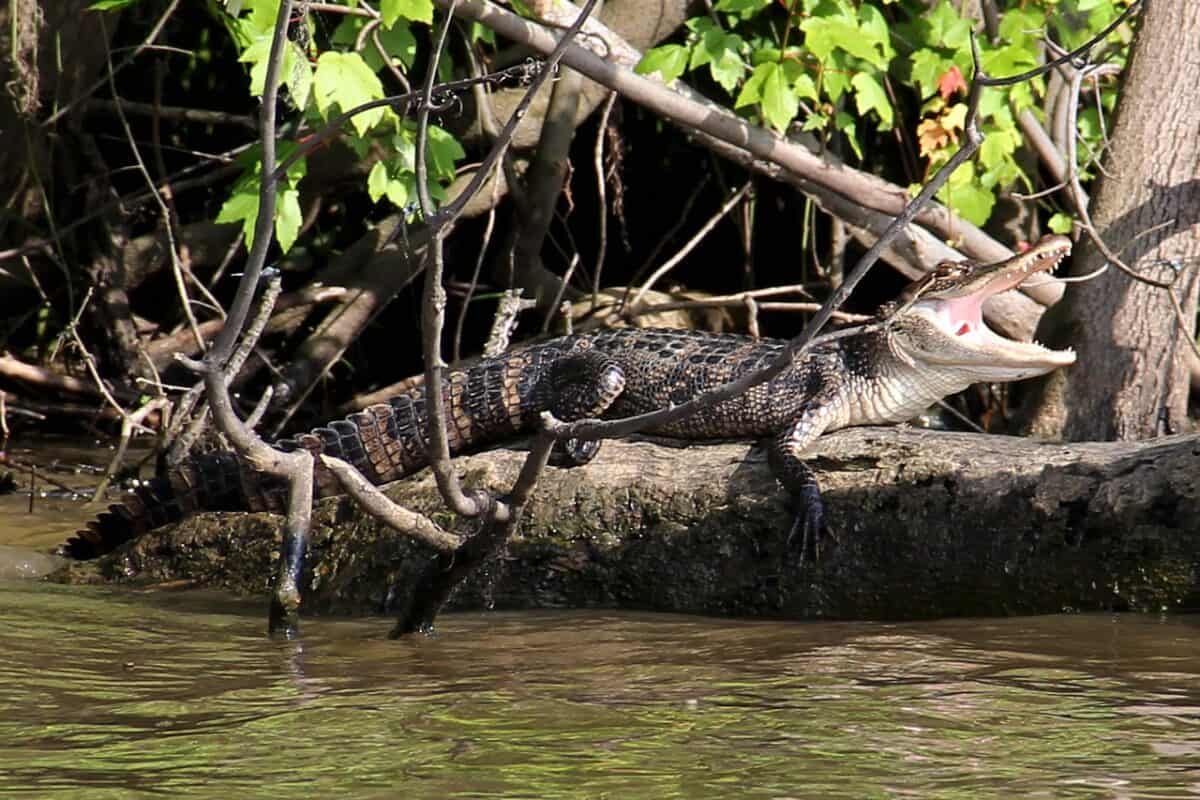Alligators are fascinating creatures that evoke a sense of mystery and grandeur, particularly those residing in the sultry swamps of Louisiana. These prehistoric animals trace their lineage back to the time of the dinosaurs, offering a living link to an ancient world. In this article, we journey into the world of these incredible reptiles, exploring their history, characteristics, and how they’ve thrived for millions of years.
Alligator Origins: Stepping Back in Time

The alligator’s ancestors were part of the group known as crocodyliformes, which coexisted with dinosaurs over 200 million years ago. While dinosaurs became extinct around 65 million years ago, ancient alligator relatives adapted and survived through shifts in climate and environment, leading to the species we see today.
The Unique Habitat of Louisiana Swamps

The swamps of Louisiana provide an ideal home for alligators. These wetlands offer a rich ecosystem where alligators prosper, teeming with diverse flora and fauna. Their murky waters and abundant resources create a sanctuary where alligators have continued to thrive in modern times.
The Role of Alligators in the Ecosystem

Alligators play a critical role in maintaining the balance of their swamp ecosystems. As apex predators, they control the populations of prey species, which helps prevent overpopulation and ensures ecological stability. Additionally, their digging habits form “gator holes,” which provide habitat and water sources for other wildlife during dry periods.
Physical Characteristics of the American Alligator

The American alligator, distinguishable by its broad snout and armored body, can grow up to 15 feet in length and weigh over 1,000 pounds. Their powerful tails serve dual purposes for swimming and storing fat, allowing them to endure months without food when necessary.
Adaptive Features: Surviving Through the Ages

Alligators possess several adaptations that have contributed to their survival over millions of years. Their thick, scaly skin shields them from predators and harsh environments, while their eyes and nostrils are positioned on top of the head, enabling them to breathe and see while mostly submerged.
Diet and Hunting Techniques

Alligators are carnivorous and employ stealth to hunt prey. They feed on fish, birds, mammals, and even carrion. Utilizing their strong jaws, they can capture and consume larger prey like deer or wild boar. Known as “sit-and-wait” predators, they often ambush their target before striking with precision.
Reproductive Habits and Life Cycle

The alligator breeding season occurs in the spring, with males bellowing to attract females. Females build nests from vegetation and soil, laying between 20 to 50 eggs. They exhibit parental care by guarding the nest and assisting hatchlings to the water, ensuring higher survival rates for the offspring.
The Social Structure of Alligators

Contrary to their solitary nature, alligators display complex social behaviors. Dominance hierarchies exist, especially in prime basking spots. Communication through vocalizations, body positions, and chemical signals helps coordinate activities and establish territory boundaries.
Interaction with Humans: Myth and Reality

While popular culture often portrays alligators as aggressive man-eaters, incidents involving humans are rare. Alligators generally avoid humans, and attacks typically occur due to mistaken identity or provocation. Ensuring public education about these creatures promotes coexistence and safety.
Conservation Status and Challenges

The American alligator was once hunted to near extinction for its hide and meat. However, successful conservation efforts and legal protections have led to a remarkable recovery. Today, they are classified as “least concern,” though habitat loss and pollution remain challenges for their survival.
Conservation Success: A Model for Recovery

The comeback of the American alligator is a significant conservation success story. Strict regulation of hunting and innovative management strategies, like sustainable farming, have contributed to their population rebound, providing a model for the conservation of other threatened species.
Experiencing the Alligator’s World: Ecotourism and Education

Experiencing alligators in their natural habitat through ecotourism offers an educational and thrilling adventure. Guided tours in the Louisiana swamps allow visitors to appreciate these ancient creatures while raising awareness about the critical importance of wetland preservation.
In summary, the American alligator stands as a symbol of survival and adaptation, a living testament to the ancient world of the dinosaurs. Their continued presence in the Louisiana swamps highlights the resilience of nature and the vital role of conservation in protecting our natural heritage for future generations.
- How Pacific Island Wildlife Is Adapting to Climate Change - August 10, 2025
- What It Takes to Care for a Panda in a U.S. Zoo - August 9, 2025
- Why Florida Is a Hotspot for Invasive Reptiles - August 9, 2025

